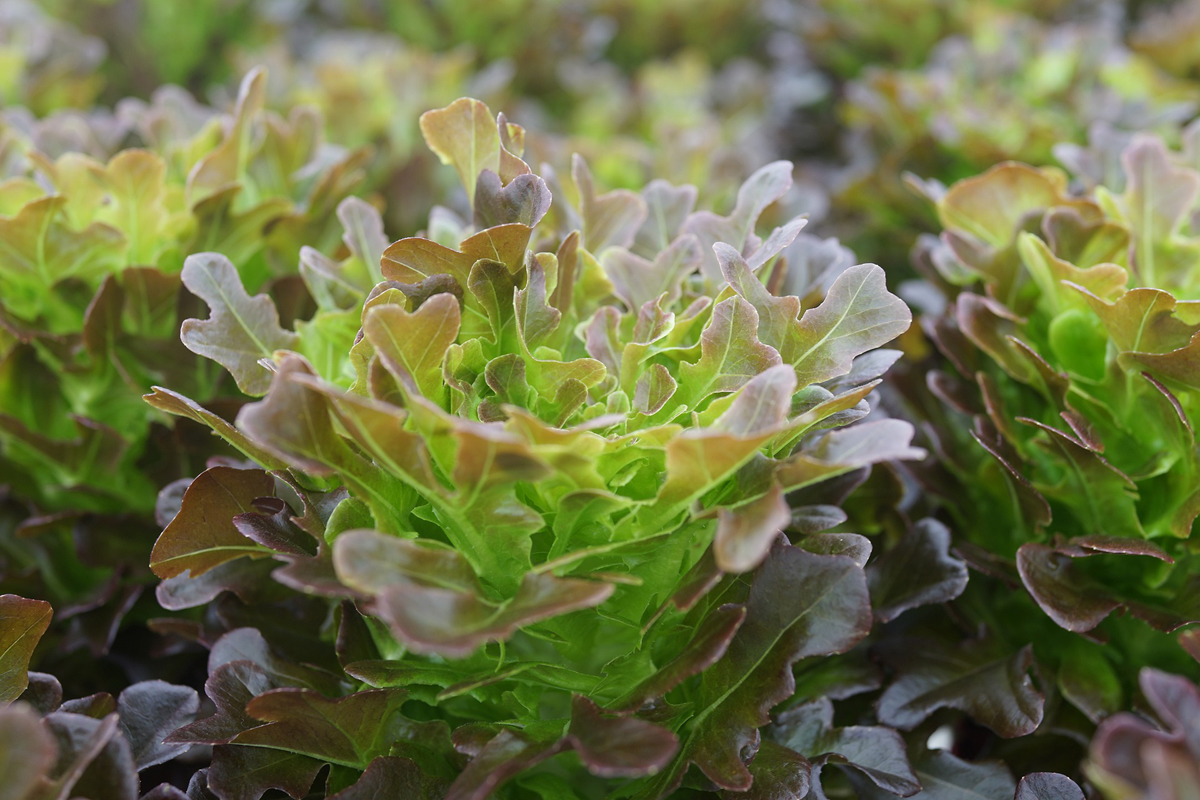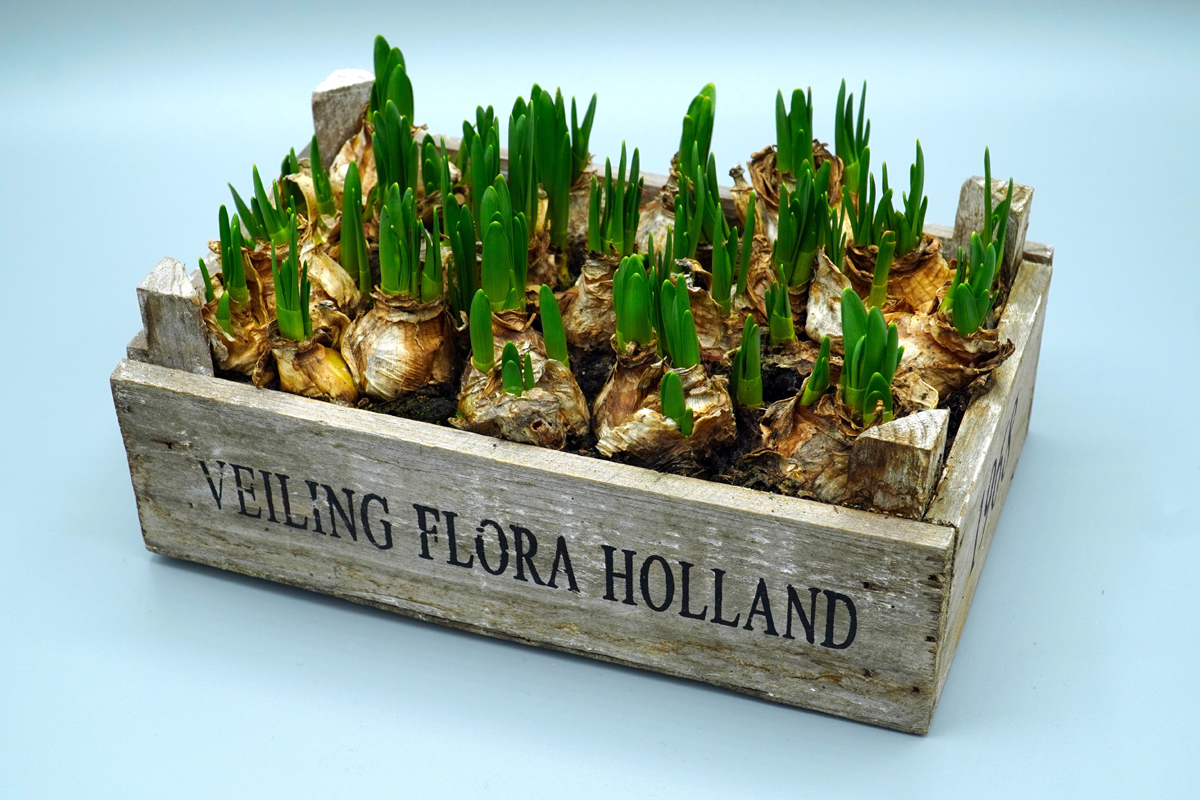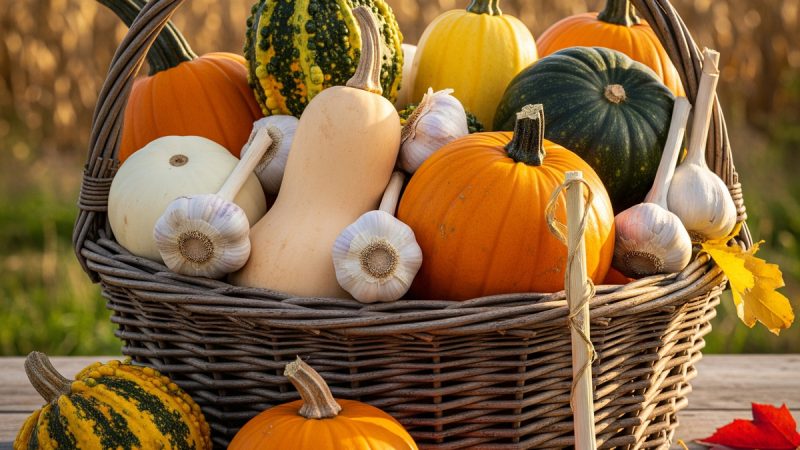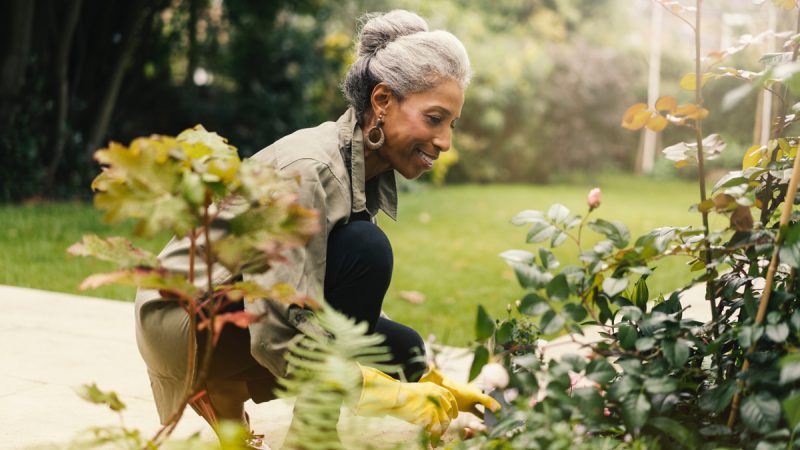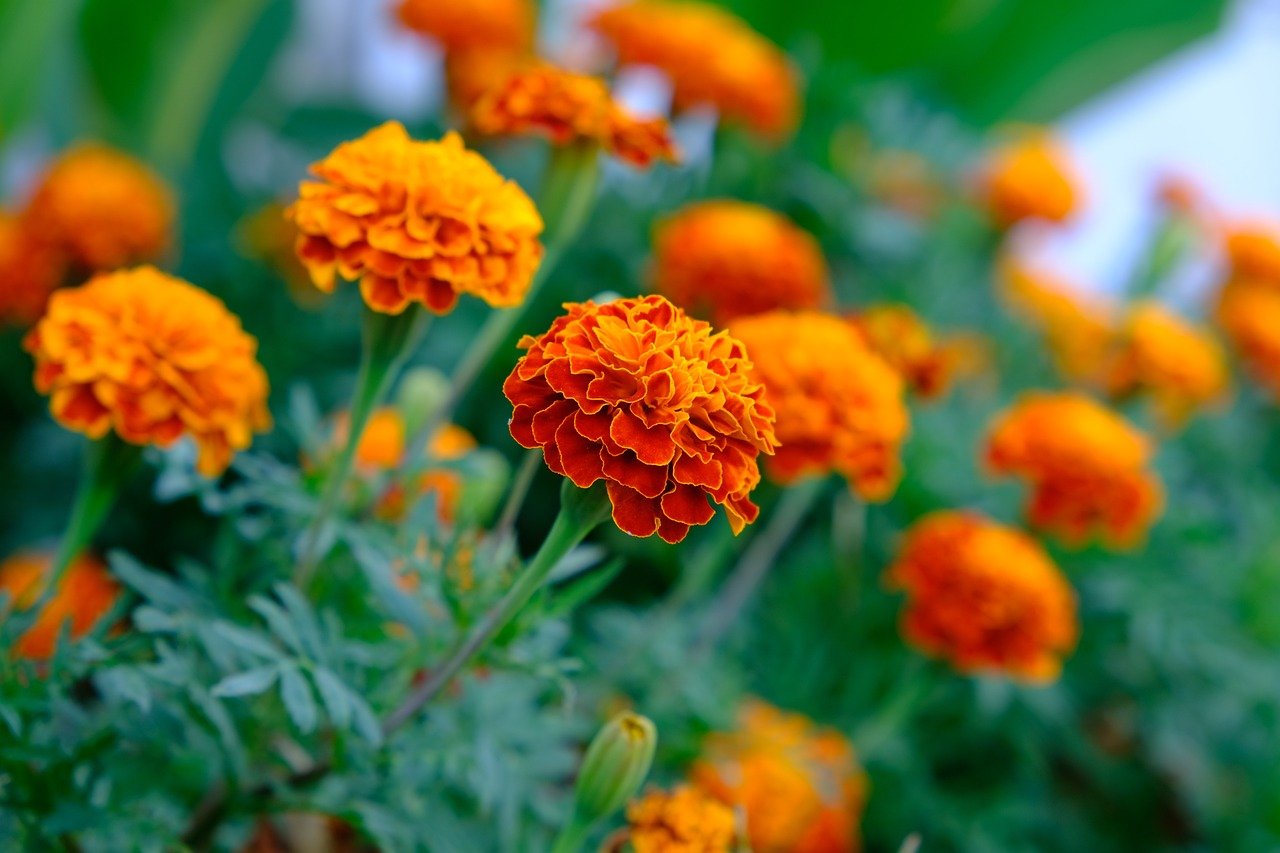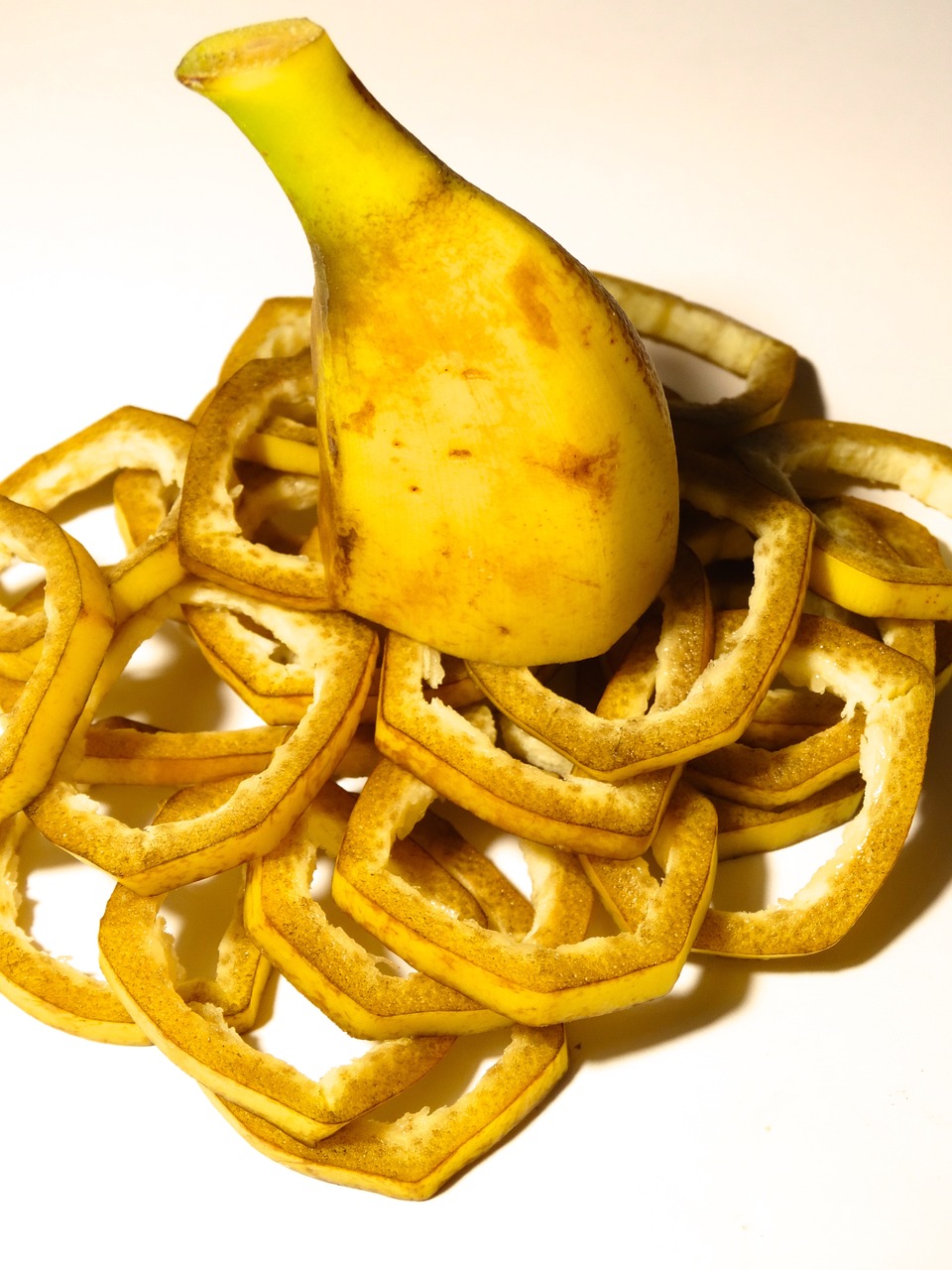Prepare for Seed Starting
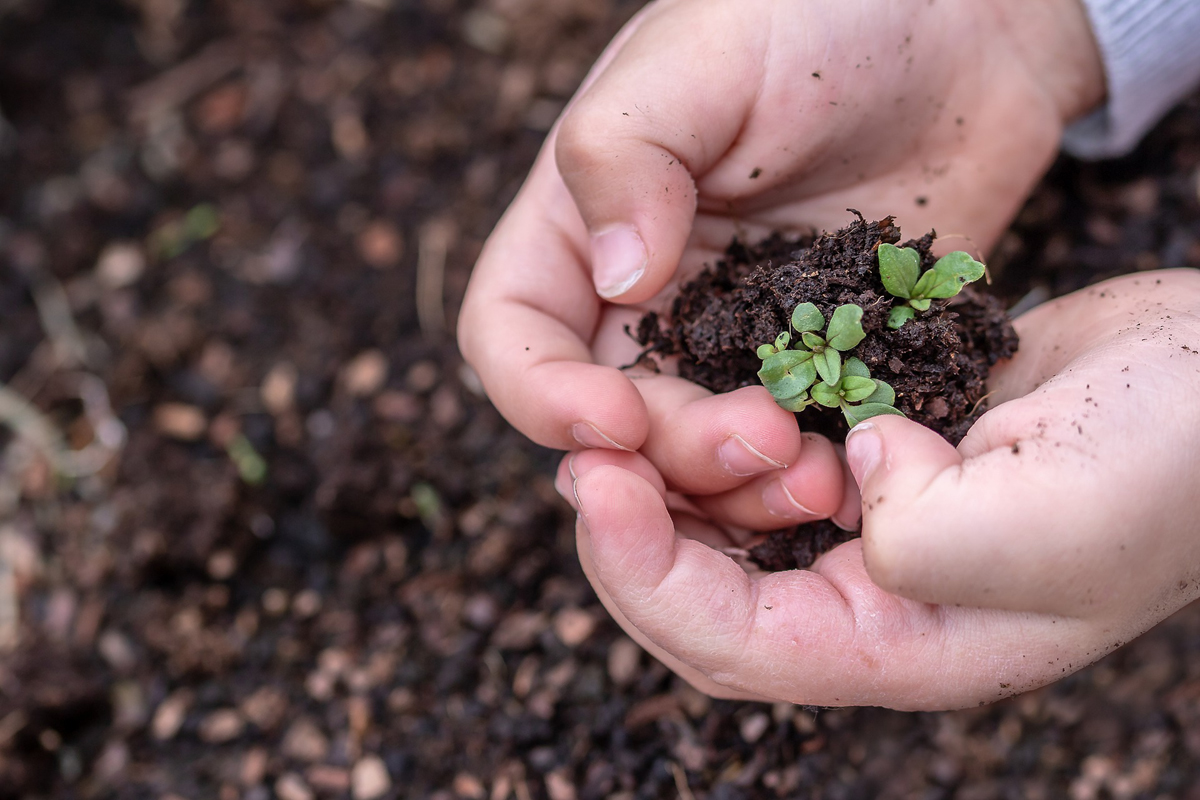
How do you satisfy the gardening itch in the middle of winter? Easily! Start plants from seed. Now is a great time to get a jump start on the gardening season. Just a little preparation will help ensure you seed starting success. Here is some of the equipment you’ll need:
Containers
Almost any type of container can be used to start your seedlings in, as long as it can hold moisture and is sturdy enough to handle a wet potting mix. Gardeners have always recycled yogurt & cottage cheese containers, milk cartons, & even egg cartons. Whatever container you use, make sure that it has a hole through which excess water can drain or is porous and will eventually drain. Any sitting water at the bottom of a container can rob growing roots of oxygen and encourage fungal diseases.
Before filling your container with potting mix, wash it well to get rid of any food particles. This is especially important for containers that are reused year after year. Certain fungal diseases, such as Fusarium, can be spread through contaminated soil that is still hanging on to the sides of containers. If your seedlings succumbed to any diseases last year, make sure the containers are rinsed with a 10% solution of bleach to kill off any remaining spores.
Soil Mix
One of the most important factors when starting your seedlings is choosing your potting mix. It is often recommended to use a sterilized, soil-free starter mix to prevent diseases such as damping-off from taking hold of tender seedlings. I still recommend soil-less mixes to beginner gardeners but I, myself, have started to add compost and worm casts to my own mix. Here are a few reasons why:
First, soil-less mixes are totally free of any nutrients whatsoever. While young seedlings don’t require fertilizers until they develop their first set of true leaves, I find having to feed them solely through a liquid feed quite cumbersome.
Organic fertilizers like compost and worm casts release their nutrients slowly and don’t burn seedlings the way inorganic fertilizers may. Having these fertilizers already in the potting mix means I don’t have to worry about feeding for at least 5-6 weeks. By then, I’m usually potting up the seedlings and adding fresh fertilizer anyway.
Second, I have found that growing seedlings with organic fertilizers in the mix tends to produce healthier seedlings.
The organic fertilizers help to mimic conditions in the garden where there is a multitude of fungi, bacteria and other soil organisms. Seedlings have to extract nutrients from the organic fertilizers just the way they would in garden soil. In contrast, I find that seedlings fed solely with liquid fertilizers tend to be less efficient at extracting nutrients since the liquid feeds provide them in a highly soluble form.
Third, the organic fertilizers help the soil mix hold moisture for longer periods of time. Most soil-less mixes are a combination of peat, perlite & vermiculite and drain very quickly. They require frequent watering, especially when seedlings grow their first set of true leaves and really begin to transpire. Both compost and worm casts retain moisture well and keep it available for growing roots.
Lastly, adding organic material into the potting mix helps to stretch the mix and make it go farther. This can be quite a cost savings, especially if your make your own compost or raise worms yourself.
One word of caution about adding organic fertilizers to your potting mix – remember that they will contain a wide variety of soil organisms and your soil mix will not longer be sterile. If you’ve had a problem with damping-off in the past, i.e. you tend to overwater your seedlings, you may want to only water your seedlings from the bottom or else stay with a sterile mix.
Light
Have you ever tried starting seeds inside on a windowsill and found that they grew spindly and kept falling over? Early spring light just doesn’t have the intensity and duration that young seedlings need, forcing them to stretch for more and more light. Most seedlings require 12-14 hours of direct light in order to keep them short and stocky and producing healthy leaves. Therefore, artificial lights are required early in the season.
Although you can purchase grow lights in your local nursery or garden center, I find a combination of warm and cool fluorescent bulbs just as effective at a fraction of the cost. Since seedlings need high light intensity, these bulbs need to be no more than 3-4 inches away from the top of the plant. I attach the light ballast to the underside of a shelf or even the underside of a table and place my seedling trays under the tubes. If the lights are still too far away, you can also raise the trays on boxes. As the plants grow, the boxes can be removed so that the leaves do not touch the bulbs.
Seeds
Last but not least, gather your seeds together and select what you’re going to grow this year and how much of each variety. If you have left over seed from previous seasons and are not sure if the seed is still viable, do a quick & easy germination test between moist paper towel to see if the seeds sprout. Plant any seeds that do germinate and discard any mould.
If you’re really itching to do some kind of gardening now, you can start the following types of seed indoors near the end of January/early February:
Vegetables
- Celery
- Celeriac
- Leeks
- Giant Onion
Flowers
- Aquilegia
- Myostosis
- Perennial Alyssum
- Pansies
The Author:
Arzeena Hamir is an agronomist and garden writer.
Photo. Myriams Fotos

